Amazon Fire TV review: the best-value 4K streaming box?
With a quicker processor and Ultra HD streaming capabilities, does Amazon's new box do enough to impress?
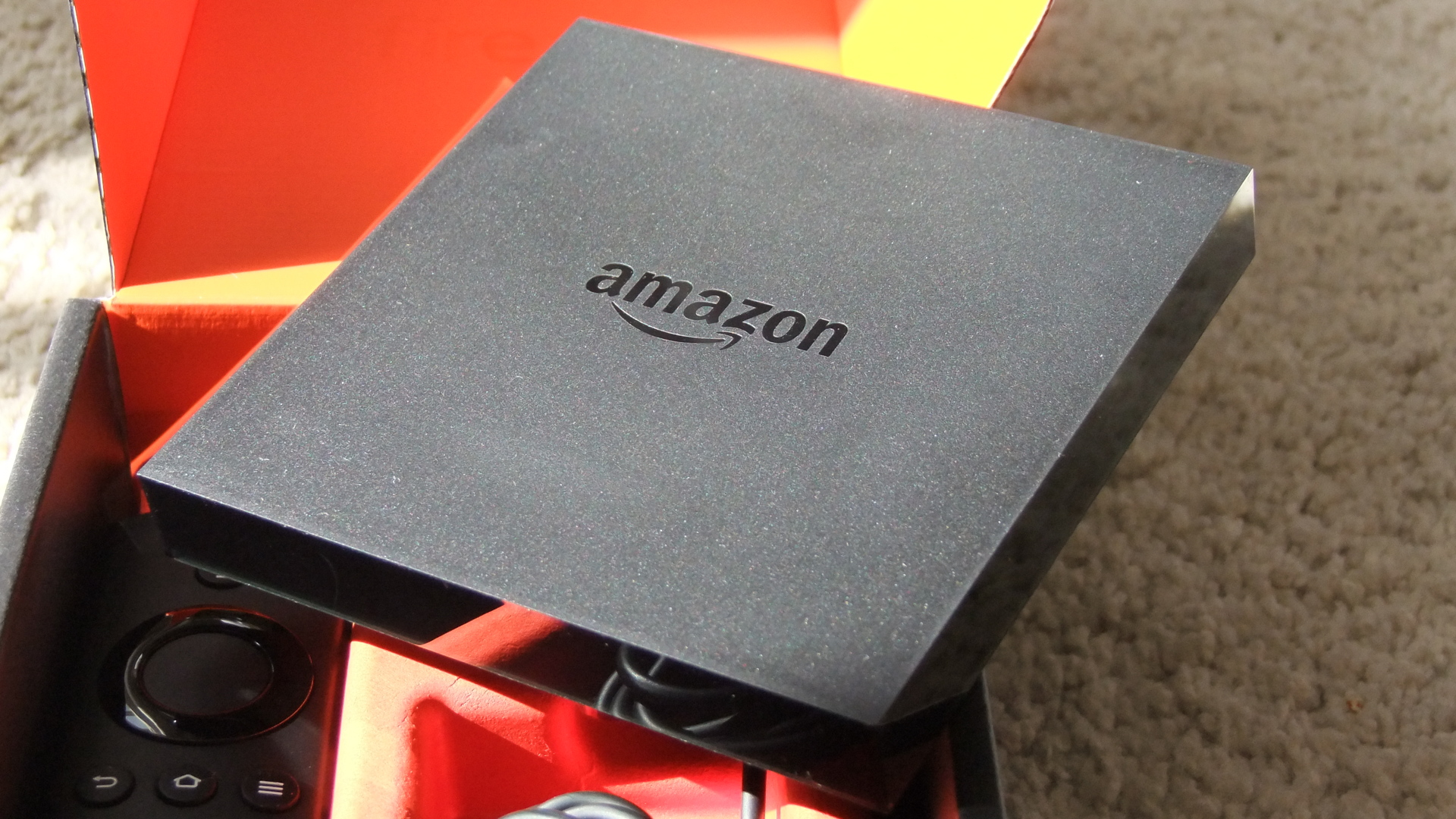
-
+
Easy to set up
-
+
Simple slick interface
-
+
Can do basic 4K
-
-
Really needs Prime
-
-
Non-universal search
-
-
Some codec limitations
Why you can trust T3
The new Amazon Fire TV box is here and it's promising to be the best value 4K Ultra HD streaming box around. It's sleek, simple to use and ready for the 4K revolution.
So, what's not to like?
Well, it's less of not actually liking the new Fire TV slab and more about thinking there are much more impressive media streamers out there. And, having recently spent a lot of time with Nvidia's SHIELD box, it feels like there is a certain limit to Amazon's scope.
The Fire TV is fine for right now, but does it really have much of a future in this changing entertainment landscape?
Amazon Fire TV hardware
The new Fire TV might look the same as the old boss, but according to Amazon the new hardware is big news. It's rocking a set of silicon goodies which gives it some 75% more processing power than its progenitor.

There's an 'all-new' MediaTek quad-core processor at its heart (well, actually it's a pair of dual-core chips, but we won't quibble about that just now), dedicated PowerVR graphics silicon and a relatively healthy 2GB of system memory.
All this extra processing power is needed because of the new Fire TV's headline spec: 4K Ultra HD playback (whisper it...at 30Hz). Yes, this £80 box is capable of streaming 4K video to your compatible TV thanks to its HDCP 2.2 capabilities.
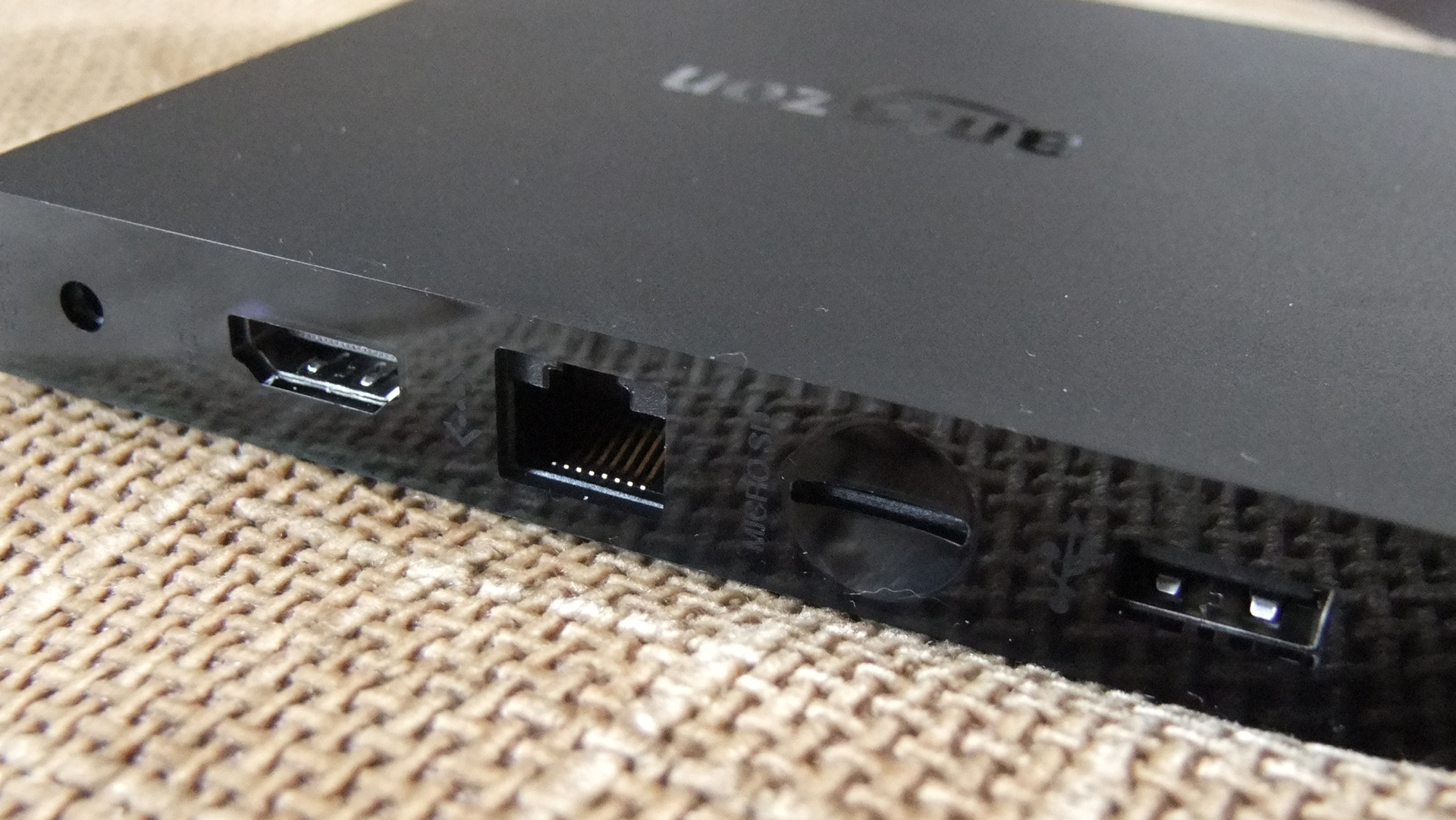
The high def copy protection standard is the necessary DRM evil needed for the likes of Amazon and Netflix to trust your TV and set-top box aren't just being used to fill the torrent world with 4K rips of their top content.
Part of the package is also the new high efficiency video codec (HEVC) being used for the new Amazon Fire TV's streaming capabilities. Now, that's not just important for its 4K UHD playback though - because the efficient H.265 codec is essentially halving the bandwidth standard 1080p streams will start far quicker and demand less of your network.
If you're still on a data-limited connection that's going to be a pretty useful piece of the puzzle.
And speaking of data, the new Fire TV has 8GB of internal storage capacity for those rented or purchased movies, TV shows, apps or games. That is also upgradeable, via the microSD slot in the rear of the device, up to 128GB.
Rounding the device off there's an ethernet and USB 2.0 either side of that microSD slot and, internally, a dual-band, dual-antenna 802.11ac WiFi connection.
Amazon Fire TV features
A big part of a TV-connected device is going to be the controller. The simple little remote control of the new Fire TV seems pretty much identical to the original device's, but that's no bad thing.

It's slick and responsive, with a nice rubber touch to the navigation ring around the main selection button. It also connects via Bluetooth as well, so you don't need a line of sight to your Fire TV box to keep things under control.
Of course it's still got Amazon's voice support too. Which is quick and impressively accurate; allowing you to search for apps, movies, TV shows as well as searching by actors and directors too. That would be an incredibly useful feature if you're wholeheartedly signed up to the complete Amazon package, but if you use any other app or service on the Fire TV it remains stubbornly ignorant.
The voice search isn't of the touted Apple TV universal search type because it resolutely refuses to take you to see any other content that isn't on an Amazon service.
In a way that's understandable as it wants to promote its goodies above all others, but it is absolutely to the detriment of the user's experience.
Corporation above consumer, as it ever was.
You've got to at least hand it to Apple for allowing a far more open vocal setup on the new Apple TV. However much I now hate myself for even ceding that much ground to the big A…
If you're signed up to Amazon Prime - and to get the full worth of the Fire TV you absolutely should be - then your home screen is filled with potential content. When plugged into an Ultra HD TV it will display all the 4K UHD content available, though it distinguishes little between what's available to your Prime account and what you need to rent or buy. There's just a tiny logo over one corner of a show or movie's logo.
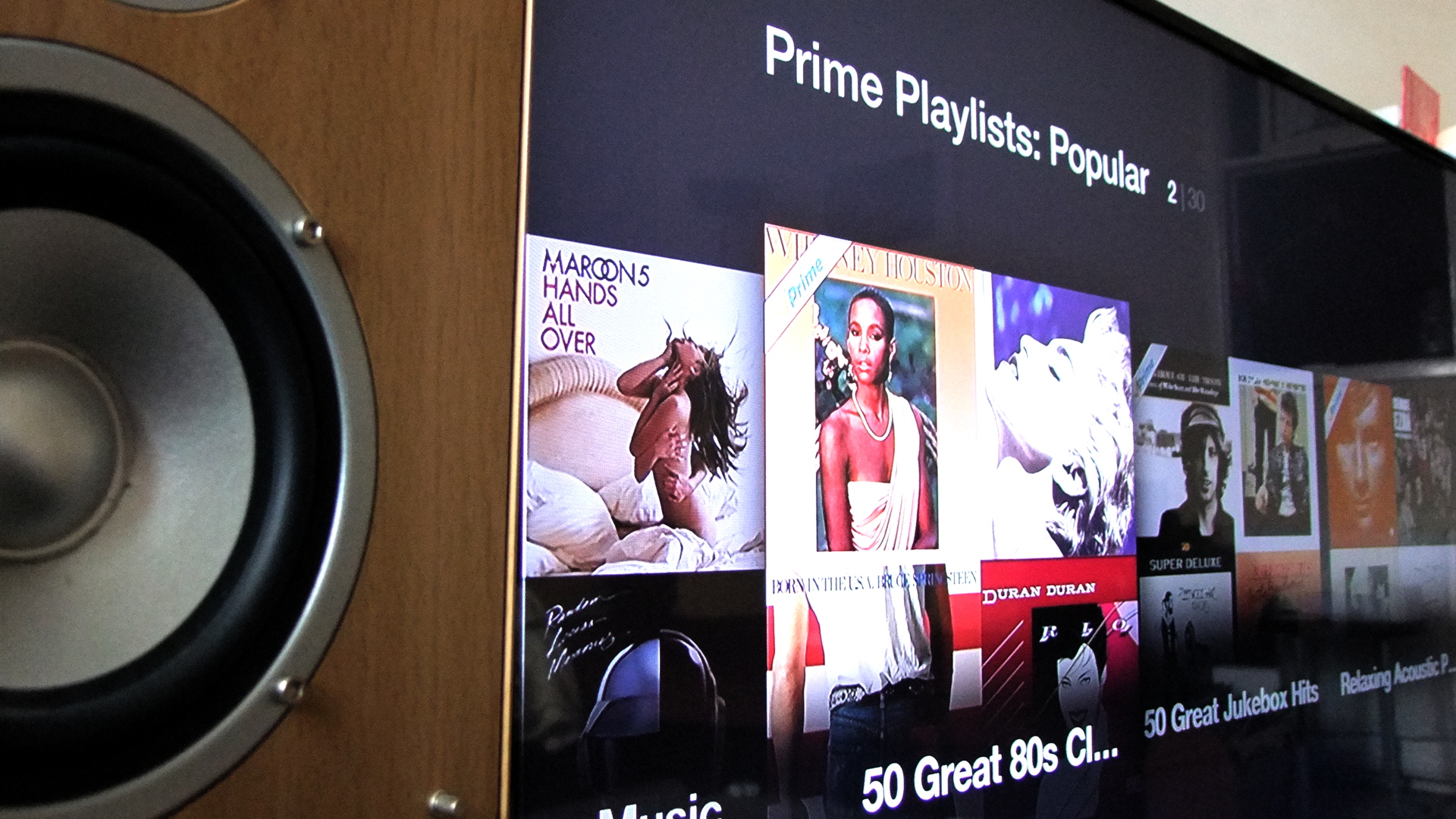
It's not just about the video goodness, Amazon music offers unlimited access to around 1,000,000 tracks with a Prime membership, which you can leave playing while you search for something to actually watch.
But you can add other apps, such as sometime rival, sometime bed-friend, Netflix. There's also iPlayer, ITV Player as well as cord-cutter's buddy, TV Player.
Thankfully Plex is also available for the Fire TV's heavily skinned, Android-based OS. That gives you complete access to all the local videos you might have stored on a home PC or network attached storage (NAS) device.
Then there's the gaming side of things. The new Fire TV is actually impressively capable when it comes to getting its game on. We're not talking about console-quality games here, but the sort of decent 3D games you've been playing on the average Android tablet are well represented here.

And you can also spend another £35 on a dedicated Fire Game Controller if you want to get deeper into the gaming action. Though most of the mainly casual games in the store will work happily with the one-handed remote control the Fire TV comes bundled with.
Amazon Fire TV performance
Right from the off the Fire TV is an impressively slick experience.
The instant it recognises your remote control input you're taken through a simple, but effective, video tutorial on the basics of your new device. It's quick, simple and its cartoon aesthetic would be thoroughly reassuring to even the least tech-savvy user.
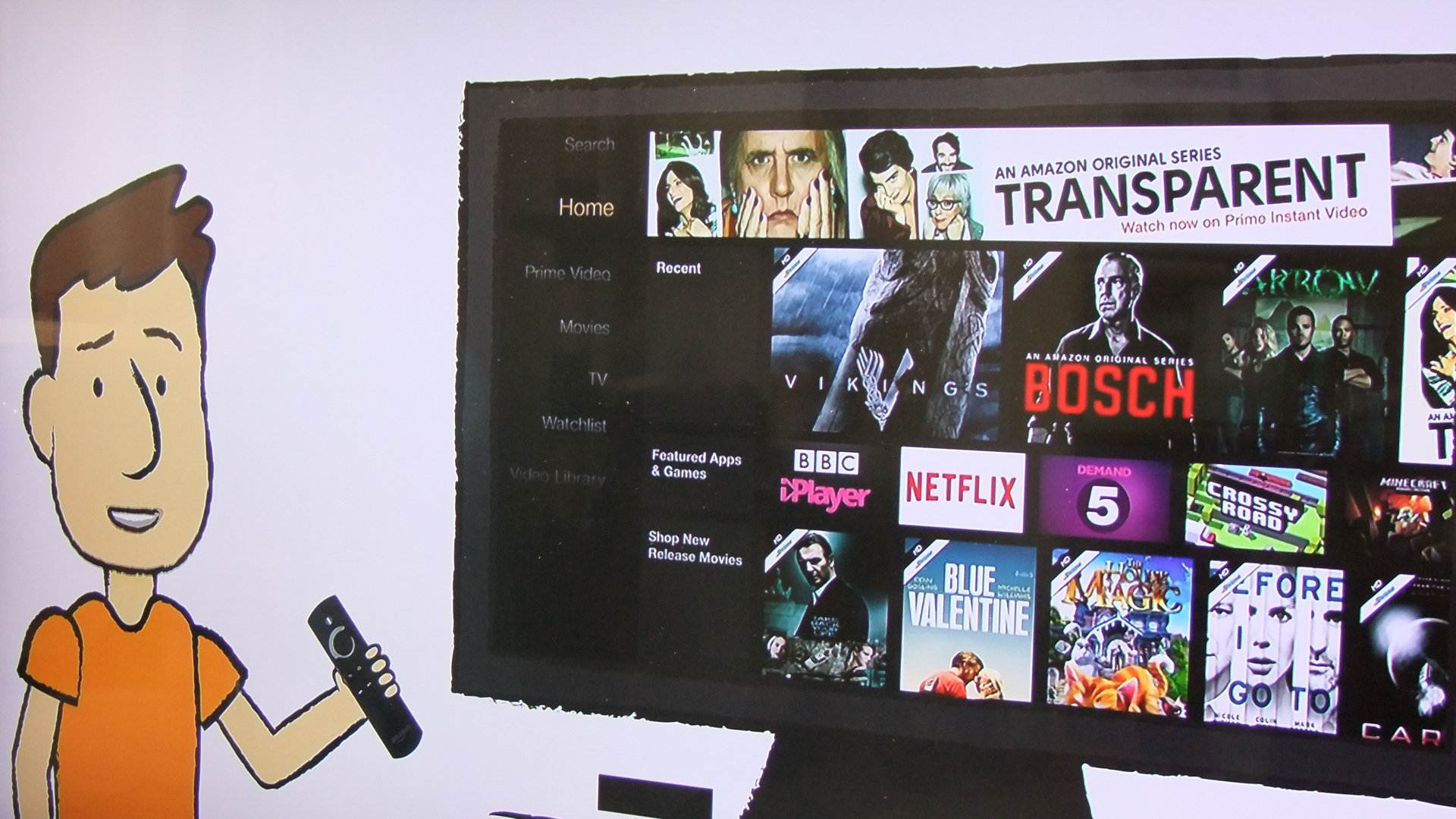
Once you're into the interface, and your Amazon account linked, you're all set.
That interface too is simple and easily viewed from the distance of your TV to your sofa. And at that distance the upscaled interface doesn't look too bad on a 4K TV. Unlike the SHIELD the Fire TV isn't running its screen at UHD resolutions as standard - that's reserved for when you get into actual 4K UHD content where it spends a wee while 'optimising' for 4K. I guess that means changing the native resolution of the output.
Genuine 4K playback though is pretty good.

For the most part it's smooth and quick to load - if your connection's strong enough to hit the necessary 25Mbps download speeds for the likes of Amazon Prime and Netflix to show their wares in Ultra HD. But because of the limited power of the new Fire TV, when compared with the power of the Tegra X1-powered SHIELD, you're only ever going to get it displaying 4K at 30Hz.
That's not a huge issue for video playback right now, most content is only running at 24 frames per second anyways. But with a higher refresh rate you do still get an overall smoother experience and it does kind of feel like the Fire TV is running at the ragged edge of its capabilities when playing 4K.
We only had a few slight - not jerky, but definitely not smooth - issues with some 4K streams, though most were fine.
If you have any Ultra HD content on local storage though you might struggle getting playback on the Fire TV. We have some demo 4K content we use for testing UHD TVs and that would resolutely not display, even with the traditionally pretty reliable VLC.
You'd have to search pretty hard to find a file the SHIELD couldn't play - it didn't take us long with the Fire TV.
Amazon Fire TV verdict
On the face of it the new Fire TV should be the best-value Ultra HD streamer around - the perfect cut-price companion to your 4K TV. And if you've taken the plunge on a budget-oriented 4K telebox which lacks the smarts to display native Ultra HD content, but one comes with the necessary HDMI / HDCP connections, then it ought to be a winner.
Except that £80 for the box really needs to be supplemented with another £79 for a year's Amazon Prime membership. Otherwise your Fire TV's home screen and voice search are going to be littered only with content you need to pay extra for.
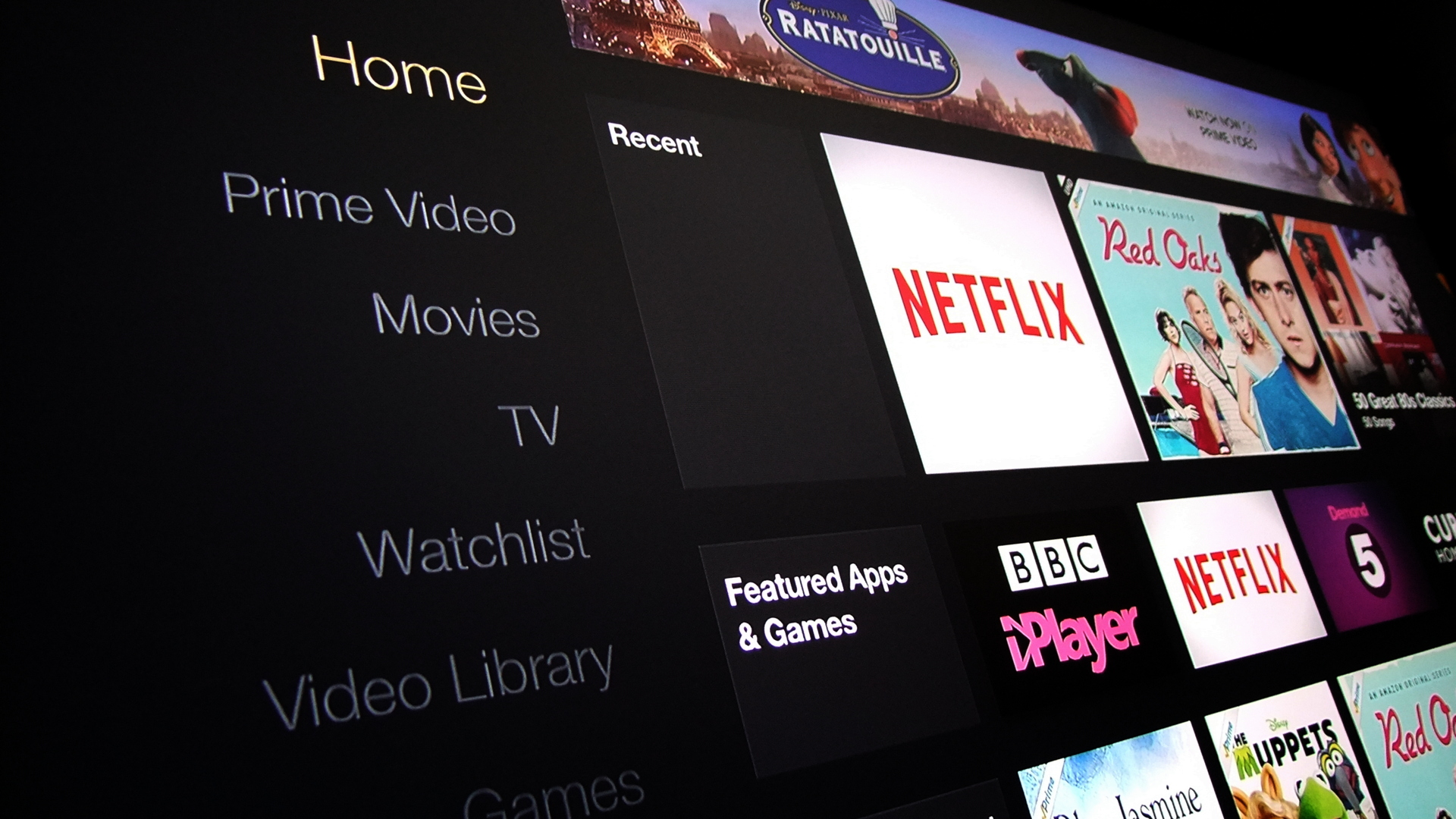
It's Amazon's own box so you can understand why it's prioritising its own content over anyone else - much in the same way the NOW TV box is only really a portal to Sky's own service. But it really does limit the potential of the Fire TV.
Yes, you can get some of the catch-up TV services and there is UHD Netflix on offer, but all that content is hidden in the app section, not writ large on your home screen.
This is something that can largely be said about the SHIELD and Android TV, but at least there's the potential for Android's open operating system to improve. And, with the power of the Nvidia device, it's certainly still going to have a future down the line as TV entertainment tech evolves.
And if you want proper gaming there's really no contest. The SHIELD actually comes with a controller, allowing you to tailor the device to your TV's remote rather than necessarily needing a separate one.
In the end then the new Fire TV is an improvement over the old box, in that it can do a rudimentary 4K job, but it's only really going to be of interest to the Amazon Prime faithful or the serial movie buyer/renter. Everyone else is going to be better served by either the SHIELD - if you've got the hots for Ultra HD - or the new Apple TV if not.
Sign up to the T3 newsletter for smarter living straight to your inbox
Get all the latest news, reviews, deals and buying guides on gorgeous tech, home and active products from the T3 experts
-
 Squats are actually good for your knees, says new research
Squats are actually good for your knees, says new researchIt can actually contribute to greater joint protection
By Bryony Firth-Bernard Published
-
 YouTube’s TV app just got a great free upgrade
YouTube’s TV app just got a great free upgradeThe YouTube TV app for consoles and Smart TVs is now more functional and fun for music fans too
By Carrie Marshall Published
-
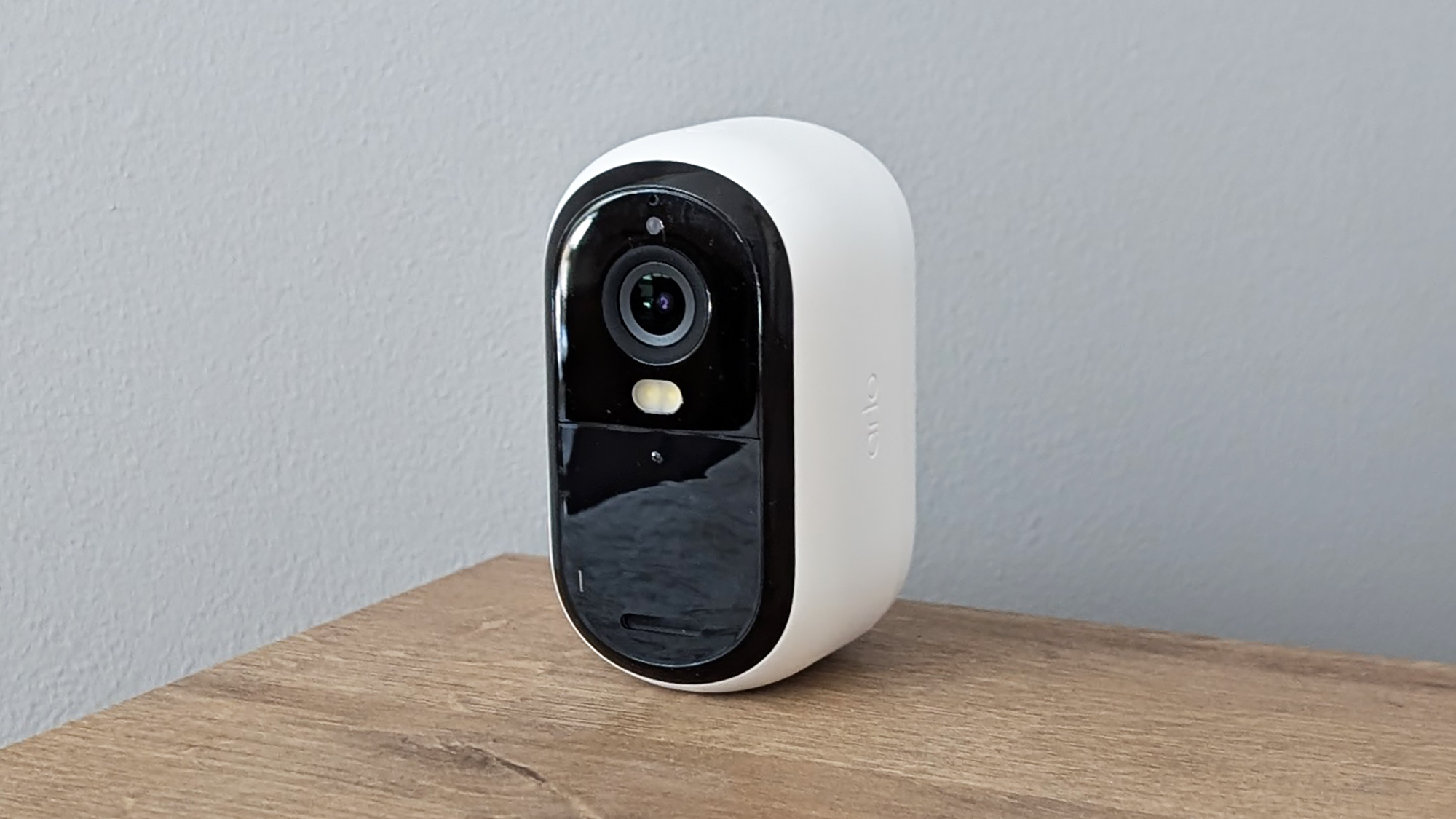 Arlo’s Essential security cameras are now available on Apple Home – here’s why that matters
Arlo’s Essential security cameras are now available on Apple Home – here’s why that mattersArlo upgrades its affordable security camera line-up with Apple Home integration
By Bethan Girdler-Maslen Published